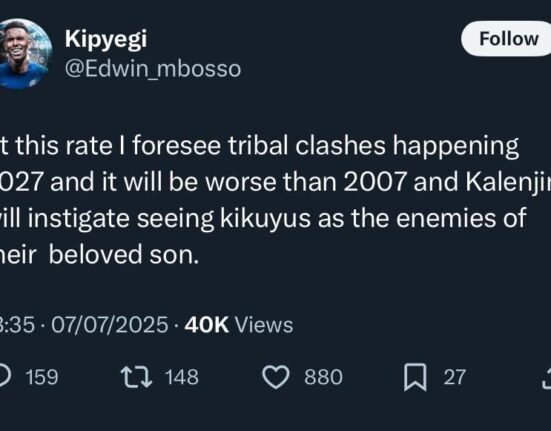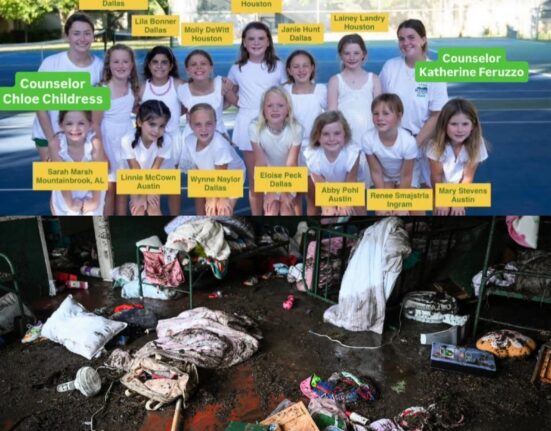US President Donald Trump expressed optimism about a potential ceasefire deal in Gaza, following Hamas’ positive response to a proposal for a 60-day truce with Israel. The longstanding conflict between Israel and Hamas has seen renewed hope for resolution, with both parties agreeing to the revised proposal. This development comes on the heels of a ceasefire between Iran and Israel, as well as increased pressure from the United States and a shift in Israel’s strategic objectives.
Since the Israel-Iran ceasefire in late June, mediators from Qatar and Egypt, along with the US, have intensified efforts to broker a new truce in Gaza. The Israel-Iran agreement set a positive momentum for the latest negotiations between Israel and Hamas, with calls for ending the suffering of Palestinians in Gaza gaining traction on the international stage.
Israel’s imposition of a blockade on humanitarian aid to Gaza has drawn widespread criticism, prompting concerns about a humanitarian crisis. The recent escalation in violence has led to hundreds of Palestinian casualties and challenges in aid distribution, with the Gaza Humanitarian Foundation facing controversy over its operations.
Pressure is mounting on Israeli Prime Minister Benjamin Netanyahu from both international and domestic fronts. Opposition leader Yair Lapid’s willingness to join the coalition government to facilitate a hostage deal reflects a growing consensus within Israel for a resolution to the conflict. Netanyahu’s shifting rhetoric, emphasizing the return of hostages as a priority, signals a potential change in Israel’s approach to the Gaza crisis.
Hamas, on its part, has indicated readiness to engage in negotiations, citing demands for a permanent cessation of hostilities, UN-led humanitarian assistance, and Israeli withdrawal to pre-offensive positions. The group’s leverage, including the release of hostages, remains central to the negotiations, with Hamas seeking guarantees for a lasting peace beyond temporary truces.
The prospect of a ceasefire hinges on bridging key differences between Israel’s goal of dismantling Hamas and the group’s reluctance to relinquish power in Gaza. The revised proposal aims to address these disparities, outlining a timeline for the release of hostages and prisoner exchanges during the 60-day truce period. Notably, the agreement emphasizes the immediate flow of humanitarian aid into Gaza and stronger assurances for a lasting settlement.
As negotiations progress, the involvement of mediators in proximity talks is crucial to finalizing the ceasefire agreement. Resolving logistical details, such as the timeline and location of Israeli forces’ withdrawal, will be pivotal in ensuring the ceasefire’s effectiveness. Despite past challenges in maintaining ceasefires, the current efforts signal a renewed commitment to ending the cycle of violence in Gaza.
In the context of the 21-month conflict between Israel and Hamas, the potential ceasefire represents a significant opportunity to mitigate the humanitarian crisis and pave the way for a lasting peace. The stakes are high, with thousands of lives lost in the violence, underscoring the urgency of reaching a sustainable resolution.
Amid shifting dynamics and diplomatic maneuvers, the path to a Gaza ceasefire remains complex but hopeful. The willingness of all parties to engage in dialogue and compromise reflects a shared desire to chart a new course towards peace in the region. As negotiations unfold, the world watches closely, hopeful that this latest push for a ceasefire will mark a turning point in the longstanding conflict in Gaza.









Leave feedback about this